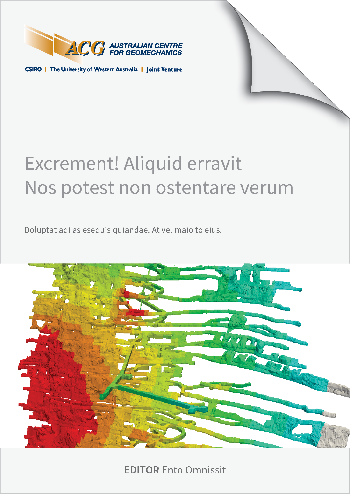Real life simulations in target environment as a means to optimize on continuous flow of material transport

|
Authors: Pettersson, M; Raschperger, R |
DOI https://doi.org/10.36487/ACG_repo/2435_F-05
Cite As:
Pettersson, M & Raschperger, R 2024, 'Real life simulations in target environment as a means to optimize on continuous flow of material transport', in Daniel Johansson & Håkan Schunnesson (eds), MassMin 2024: Proceedings of the International Conference & Exhibition on Mass Mining, Luleå University of Technology, Luleå, pp. 868-877, https://doi.org/10.36487/ACG_repo/2435_F-05
Abstract:
Future mass mining operations will have the opportunity to optimize on continuous flow of material transport over machine utilization and individual performance. Autonomous load and haul systems have the benefit of being predictable and controllable, which brings the possibility to optimize on a higher abstraction level. Not only will this bring more stability to the sensitive downstream processes, it will also potentially increase the overall productivity while reducing energy consumption. In a complex production environment, the optimal solution can sometimes seem to be counter intuitive, where it could be hard to value instantaneous productivity versus productivity over time. Change management is necessary to transition from short-term detailed planning to a higher level of assignment abstraction. For example, multi-draw point to multi-dump point loading allows the automation system for the loader and auxiliary equipment to handle disturbances and obstacles such as boulders at the draw point and/or grizzly, deteriorated road conditions, equipment failure, etc. We have discovered that training and optimization in a realistic simulation in the target environment are essential in this change management process. In such an environment, various mine layouts, production machine performances, and auxiliary equipment can be tested before actual mine development and equipment procurement. This way of working has also been instrumental for closing the gap between the mine operations and the autonomous system development, leveraging on the combined competences from the different disciplines. This paper will show the potential of the autonomous load and haul systems combined with real life simulations to optimize continuous flow, evaluate different scenarios and potential impact of disturbances.
© Copyright 2025, Australian Centre for Geomechanics (ACG), The University of Western Australia. All rights reserved.
View copyright/legal information
Please direct any queries or error reports to repository-acg@uwa.edu.au
View copyright/legal information
Please direct any queries or error reports to repository-acg@uwa.edu.au